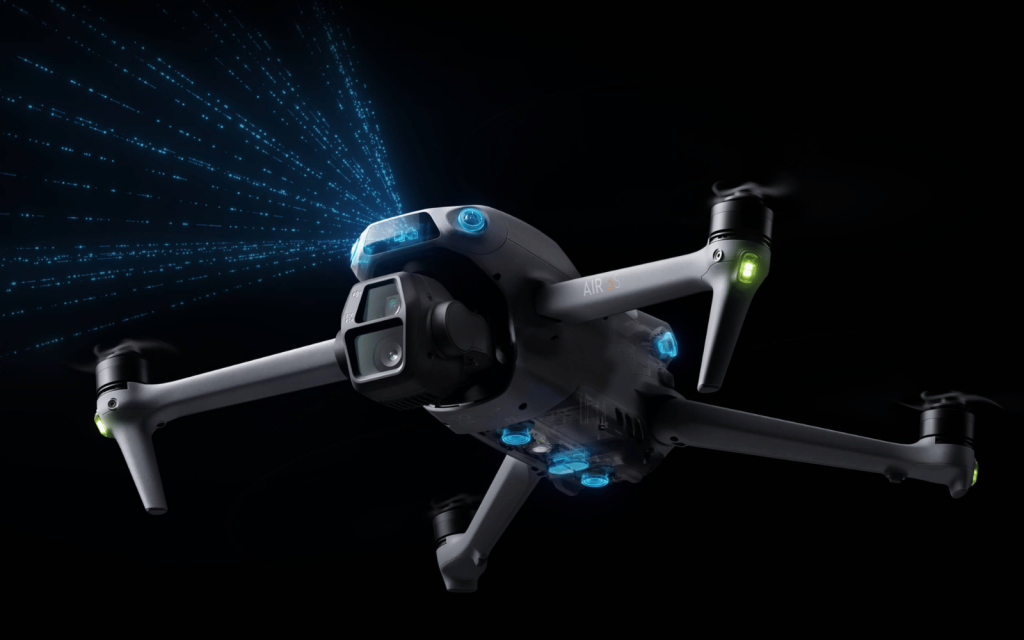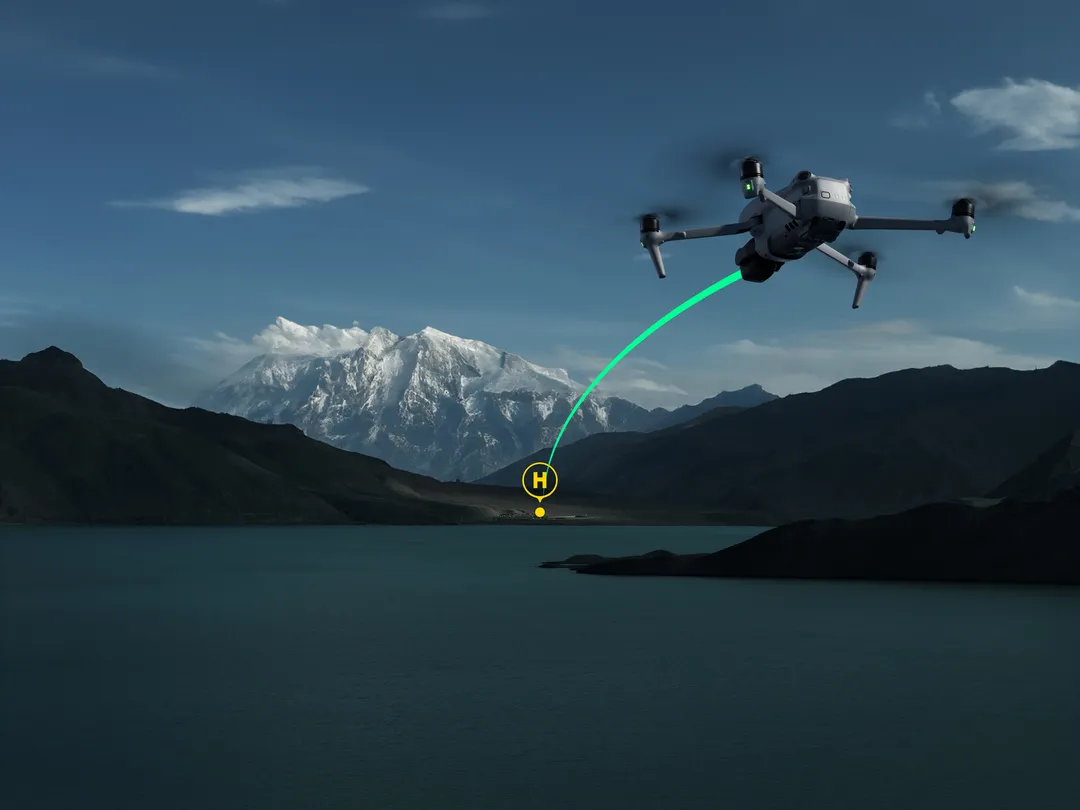The newly announced Air 3s drone by DJI improves on its predecessor with better lowlight photography, nighttime obstacle avoidance software, and memory storage and transfer. Considering the Air 3 was already known to have great low-light sensitivity, this may be significant for fans of shooting at night or the twilights of sunrise and sunset.
Airing it out
The Air 3S has an improved 50-megapixel main camera, with a one-inch sensor and 24mm lens, as well as a 48-megapixel, with a 70mm (3x zoom) lens. Both cameras have up to 14 stops of dynamic range when shooting in auto (excluding slow motion and vertical).
The main camera can record 4K/60fps HDR and 4K/120fps footage. According to DJI, associated files are over 30 percent smaller than shooting on the Air 3. 42GB of microSD expandable storage also allows you to wring every last drop out of its 45-minute maximum flight time. The files can then be transferred to a laptop via USB-C, or wirelessly to a phone without even needing to turn the drone on.
The Air 3S is equipped with a suite of sensors to enable obstacle sensing during night flight. There’s front-facing LIDAR, downward infrared time-of-flight sensors, and six vision sensors in total; two each on the front, rear, and below. It should help even rank amateurs keep their drone in one piece in the dark.
DJI tops off the Air 3S with some software shooting capabilities. ActiveTrack 360 automatically tracks subjects. This keeps it focused on the subject as it moves, allowing the user to focus more on flying the drone properly and less on maintaining a quality frame. The DJI Air 3S drone is available on the DJI website in multiple options, with additional accessories and warranties. Local availability has yet to be confirmed.





